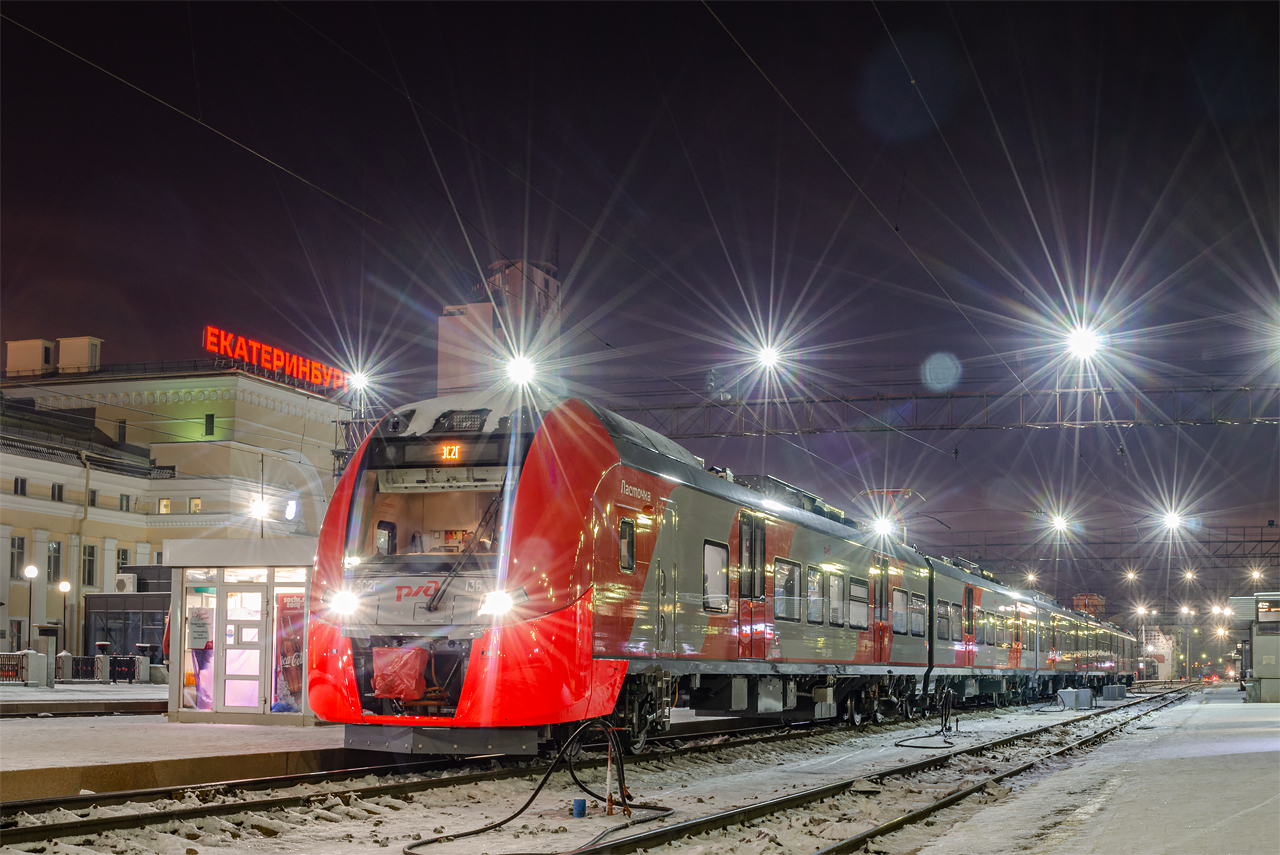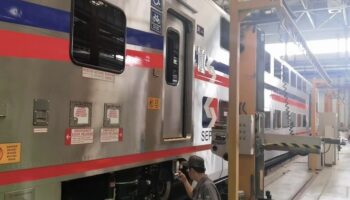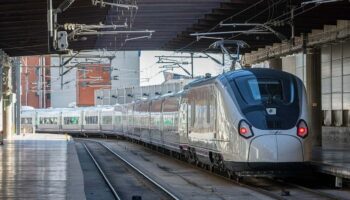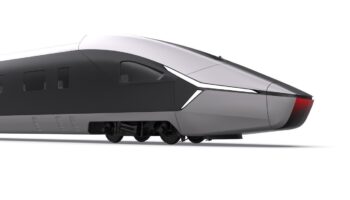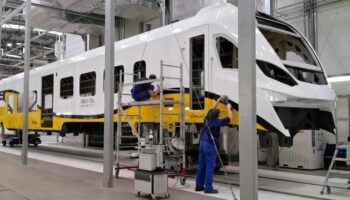Russia: At the end of last year, a demonstration ride of the train with the GoA3 level took place in Moscow, and the EMU for the fully driverless GoA4 level is planned to be certified in 2023.
According to the Gudok newspaper, in the last days of December 2021, the ES2G-136 Lastochka electric train, produced by Ural Locomotives (part of Sinara – Transport Machines) and having the GoA3 automation level drove along the Moscow Central Circle (MCC), making stops next to passenger platforms. The trips were carried out without passengers, with a driver on board, who did not control the train and was on the board in cases of force majeure.
The train ES2G-136 is equipped with a computer vision system, which includes 8 cameras, a thermal imager, 2 lidars, ultrasonic sensors and allows to detect people on the tracks at a distance of up to 600 m. At the same time, as noted in Russian Railways (RZD), the speed of the system’s response to the occurrence of an obstacle is 0.3 seconds, while humans’ averages more than 1 second.
Earlier, in early December, the state Register of Certification on the Federal Railway Transport (RS FZhT) registered the Research and Design Institute for Information Technology, Signalling and Telecommunications in Railway Transportation (NIIAS) declarations on the compliance of the created automatic train control system with the technical regulations of the EAEU. Thus, certificates were obtained for the obstacle detection unit and the corresponding software, as well as for the module and software for the electric train synchronization, communication and remote control. All certificates are valid until the end of November 2026.
Pavel Popov, Deputy CEO of NIIAS and technical manager of driverless train projects, told RSA that this equipment is certified to the GoA3 level. At the same time, work is underway to improve the vision system to the GoA4 level with a plan for its certification in 2022-2023. In October, in an interview with the Russian Railways TV channel, Pavel Popov noted that the key challenge for the introduction of automatic control is the task of formalizing as many situations as possible, and one of the most difficult issues is the processes of boarding and unboarding passengers in an unmanned train, since a large data is required about different situations in order to avoid false responses of the system.
As to Gudok, the ES2G-136 train is scheduled to be launched into controlled operation with passengers in 2022. The decision to put into operation trains with a fully driverless GoA4 level should be made by RZD in 2023 based on the results of trials of the EMU with the appropriate system. As Vladimir Andreev, Head of the Technical Policy Department of RZD, noted in February 2021 in a commentary to the Railway Equipment Journal, the increase in train automation at the MCC is due to the task of reducing train intervals to 3 minutes or less in order to ensure the predicted increase in the number of passengers transported.
Now in Russia there is an active preparation of the regulatory framework for the launch of unmanned transportation. Thus, the government approved a strategy for the digital transformation of the country’s transport industry until 2030, in which one of the key initiatives is the launch of driverless vehicles. Already in June this year, the Ministry of Transport of Russia should prepare a bill on highly automated and fully automated vehicles.
In addition, in early January, an updated draft of the rules for the technical operation of railways in Russia was published for discussion. It contains extended requirements for the operation of automatic and remote control systems for rolling stock.
It is also worth noting that in December last year, the Russian Federal Service for Intellectual Property (Rospatent) registered the invention of Siemens Mobility in terms of the method and system for calibrating the cameras of railway rolling stock. In turn, another player, Cognitive Pilot, registered with the RS FZhT a declaration of compliance with the technical regulations of the EAEU of its software and hardware complex to help the driver. Earlier, Cognitive Pilot reported that they were working with RZD to implement an autonomous control system on CME3 shunting locomotives.



